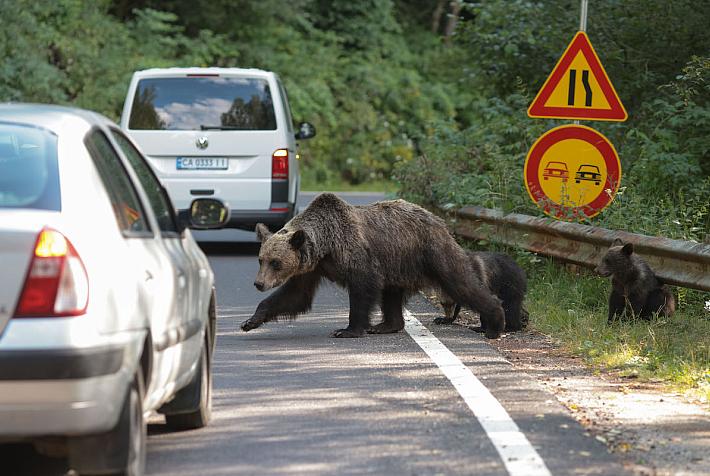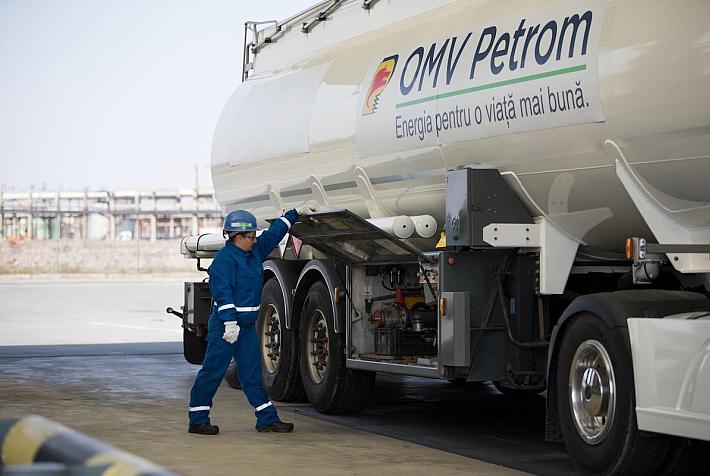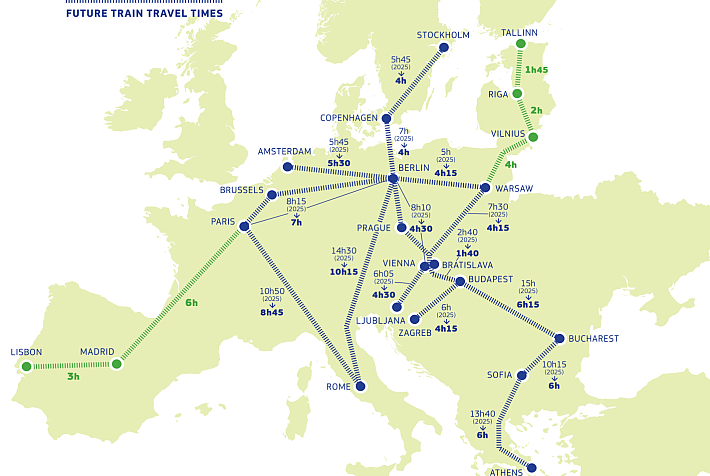Comment: FMCG warehouse capacity in Romania - a short story

What happens to warehouses when they die? Guest writer Dave Jordan tells the story of a decommissioned warehouse in Romania.
The car bounced over the dirt road of potholes and puddles and approached the expansive, looming warehouse building that was once so full of life and bustling activity. Paper and polystyrene fast-food litter gathered up by the breeze blew across the distribution center’s parking area to be fought over by bony, mongrel dogs. A short time ago the yard would not be a place for an idle visitor as liveried juggernaut giants and ant-like forklift trucks toiled away around the clock. Noise, dust, fumes, shouting, revving, the hiss of pneumatic brakes; no more.
The entrance to the office building was beyond the waiting room with its familiar mismatched furniture, faint smell of illicit smoke and the accompanying stale odor of tired drivers and their diesel machines. The constant tip-tap of fingers on keyboards generating loading and transport documents supporting someone’s Route to Market had long gone. No more chattering from the tractor printer feeding on green/white paper from a seemingly endless box below. No camaraderie, no arrangements for the weekend, no flirting, no telephones ringing; the only sound was the noticeably slowing tick-tock of the beer-branded plastic clock which in turn would slowly but surely grind to a halt at one precise second in time. The beige IKEA infrastructure unchanged from the last day of productive work.
The previously secure and “authorized personnel only” door into the storage area was propped open by a tightly rolled newspaper with the dusty headline recording the passage of a few years of hope-filled EU membership. Spitting cats scattered rapidly fearing the entrance of their fast-food chasing canine enemies. Dirty yellow fork-lift trucks sat huddled in one corner like juvenile playground gossips, connected to chargers that no longer dispensed energy. The once firm, shiny black seats repaired and renovated with stretch film, tape, and cardboard. Names scratched into the truck paint revealing the identities of the long gone jockeys.
No beeping, no screech of rubber and no ecstatic laughing when a pallet falls and spills its liquid SKU load. Once you could not see from one end of the building to the other as hundreds and thousands of cases, drums, IBCs and big bags filled the mega-Meccano skeleton. Now only the blue painted skeleton with orange boots remains taught and proud with the bumps and bruises of battle visible on the lower levels and a scattering of splintered wooden pallets, also blue.
The loading bays all had their shuttered mouths firmly closed to the outside world. Would they be ever be prized open again to receive and dispatch FMCG goods like foods, detergents, drinks and wine? For now the loading bays only received the attention of endlessly sweeping flocks of pigeons and what they generously leave behind.
The rusty padlock and chain were replaced with a dull clunk and the warehouse was empty again and for how long this time? The dogs chased the litter, the cats produced a litter, and the pigeons left their telling statement on a once thriving warehouse in Romania.
Comment: Customer Service & Customer Care Lines: Press 2 for English…
Comment: The most important role in retail and what bags have to do with it?
Comment: The IKEA shopping chaos and route planning
by Dave Jordan, guest writer











